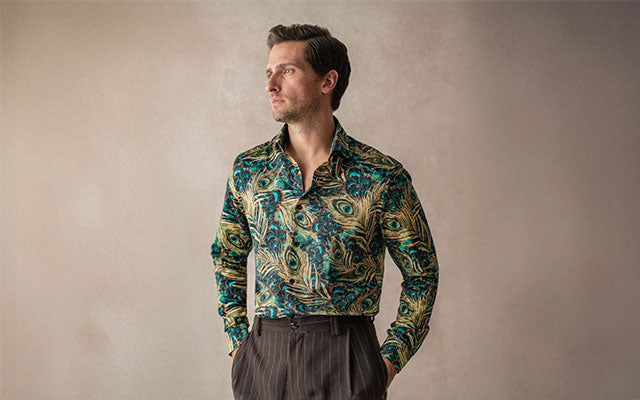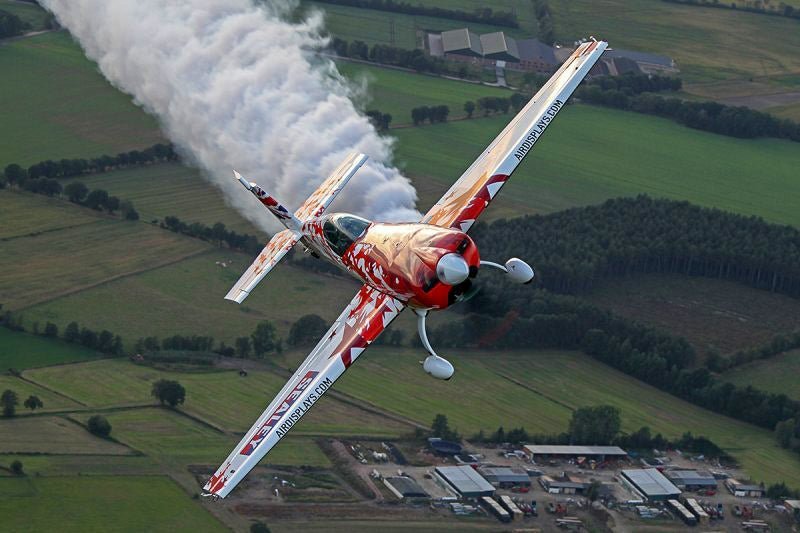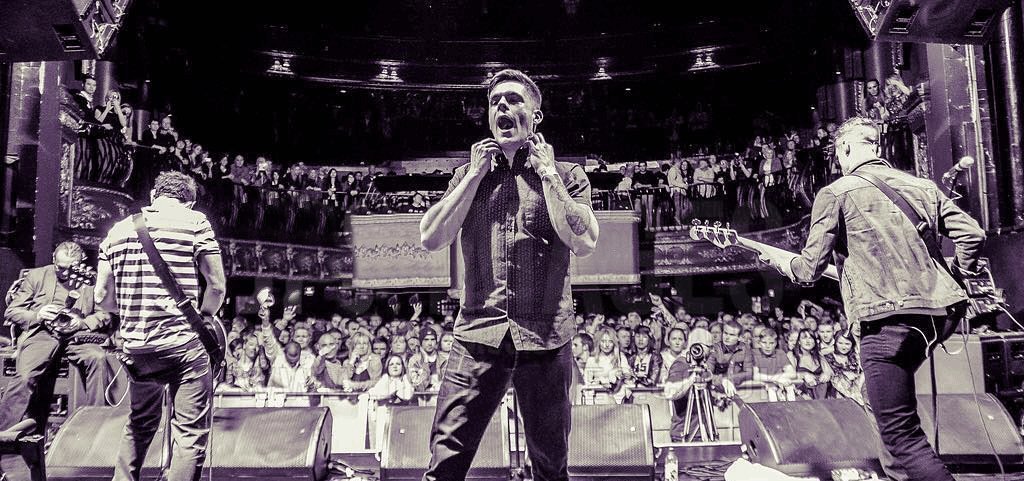Formula One's Fastest Lane
Chris Burkett's Interview
Sometime around the late 1980’s Formula One racing teams woke up to the fact that aerodynamics was the most important contributor to designing a race winning car. What followed was an arms race to build the perfectly profiled car. Chris Burkett was there at the beginning. And for a period of eighteen successive seasons (from Nigel Mansell through to Jenson Button) every Championship winning car featured aerodynamics in part designed by him or his company. He knows as much about pushing a car through the air as any person on earth. This is his story.


How Did You Get Into Formula One?
Chris: I was studying Aerodynamics at Southampton University, which had one of the few wind tunnels in the country suitable for testing cars. Formula One teams were using it extensively. I got to know Adrian Newey (the current Chief Technical Officer of Red Bull Racing) and he offered me a job at ‘March’ to join their F1 programme. It was an incredible break for a young engineer. To start with Adrian and I did all the aerodynamic design and testing for the entire team. These days, a modern Formula One team like Ferrari might employ upwards of a 100 aerodynamicists, wind tunnel staff, software and test engineers to do the same thing.
Was Life Very Different Then?
Chris: When I first joined, aerodynamics was largely a matter of trial and error. We’d make scale models and test them in the wind tunnel. Armed with lots of plasticine and silver duct tape we would spend hundreds of hours (often into the night) trying things out. And we got to make real mistakes. Early on we realised the gas flow from the exhausts was having a significant impact on the rear of the car, but the wind tunnel wasn’t able to simulate it properly. We needed a compressor to blow air through the under-body of the car. After tapping a few numbers into a calculator we ordered a compressor we thought would be suitable. But when we turned up to take delivery of what we thought was a portable unit, we found something about the size of a large house being unloaded from a lorry!
What Were the Drivers Like?
Chris: They were very special people. Intensely dedicated, brave, and at the very top of their game. For example, once we’d learnt what exhaust gases were doing to the car, we designed the rear of the car around specific throttle settings. We’d tell the drivers you literally have to take a certain corner flat out. If you lift off the throttle by even the smallest amount, the loss of downforce will be so great you’ll come off. It takes a pretty brave guy to hit a 150mph corner flat out on the say-so of an aerodynamicist clutching a calculator, but most of the time they did it.

Do Any Drivers Stand Out In Particular?
Chris: Nigel Mansell was impressive. Every aspect of his body shape conspired against him racing in F1, but he still not only raced, but won. Ayrton Senna was obviously very special. Michael Schumacher was racing with Ferrari throughout the era when we were working with them, and his feedback and the consistency of his driving was outstanding. Jenson Button is another driver that stood out for me.
Why Jenson Button?
Chris: I remember one of his first F1 tests with Williams. He was incredibly impressive but kept missing one corner by the smallest of margins. It was driving him nuts. He kept saying ‘I know what a 200 metre board looks like, and I know how this car slows, so why can’t I hit that bend right?’ Eventually, curiosity prompted a couple of the team to go out and have a look. Someone found a tape measure and, sure enough, the marker board was in the wrong place. It was a few feet closer to the bend than it should have been. Jenson was so incredibly dialled in that was enough to throw him.
When it comes to developing the car, what the teams need is someone who is a blend of test pilot and racer. You need a driver who can go out again, and again, in all weathers, in all temperatures, and drive the car on the limit utterly consistently so the engineers can test effectively. Some drivers were great racers but hopeless when it came to giving detailed feedback. Jenson was outstanding at both.

How Has Aerodynamic Modelling Changed?
Chris: The computer based tools we have available now are so powerful they’ve created a far clearer understanding of flow behaviour. We’ve been able to borrow techniques for designing high lift wings from plane makers like Airbus and Boeing and can generate very high levels of downforce. Wind tunnel testing is still very important, but now, we are validating designs in the tunnel that have already been thoroughly tested with a computer.
How Powerful Are The Aerodynamic Forces on an F1 Car?
Chris: At speed, a modern F1 car is pushed onto the track with a downforce at least three times its weight. As someone once pointed out, this means that in Monaco the drivers could literally drive up the walls and traverse the length of the tunnel pinned to the roof by downforce. Assuming they were brave enough. Or stupid …

Do You Miss Being in a Formula One Team?
Chris: A little. They were great days. There was fantastic team spirit and it was a great environment to work in, the perfect combination of sport and engineering. But we are still heavily involved with the sport. Most of the leading F1 teams still use Flow Solution’s software.
And there is also the joy of new challenges. We are doing more and more hydrodynamics work (the flow of water over a surface) and were involved in the successful attempt to break the wind powered water speed record. We’re incredibly proud of the work we did. We didn’t just break the record, we smashed it. And we did it using science. At the risk of being cruel, the existing record was held by what was, in essence, a man on a kitesurfer being pushed out into a typhoon! We designed a sail and hull so efficient the boat could travel at over three times the speed of the prevailing wind.
We’d like to thank Chris for his time and thoughts. As a member of the world’s most glamorous sport, he was an incredibly easy going and approachable person to talk to. We’re really grateful for his insights into Formula One.
The bad news is we seem to have lost Ross. He was last seen headed for the Mersey tunnel, in a Ford Focus, apparently convinced all modern cars generate significant downforce.
 |
 |




